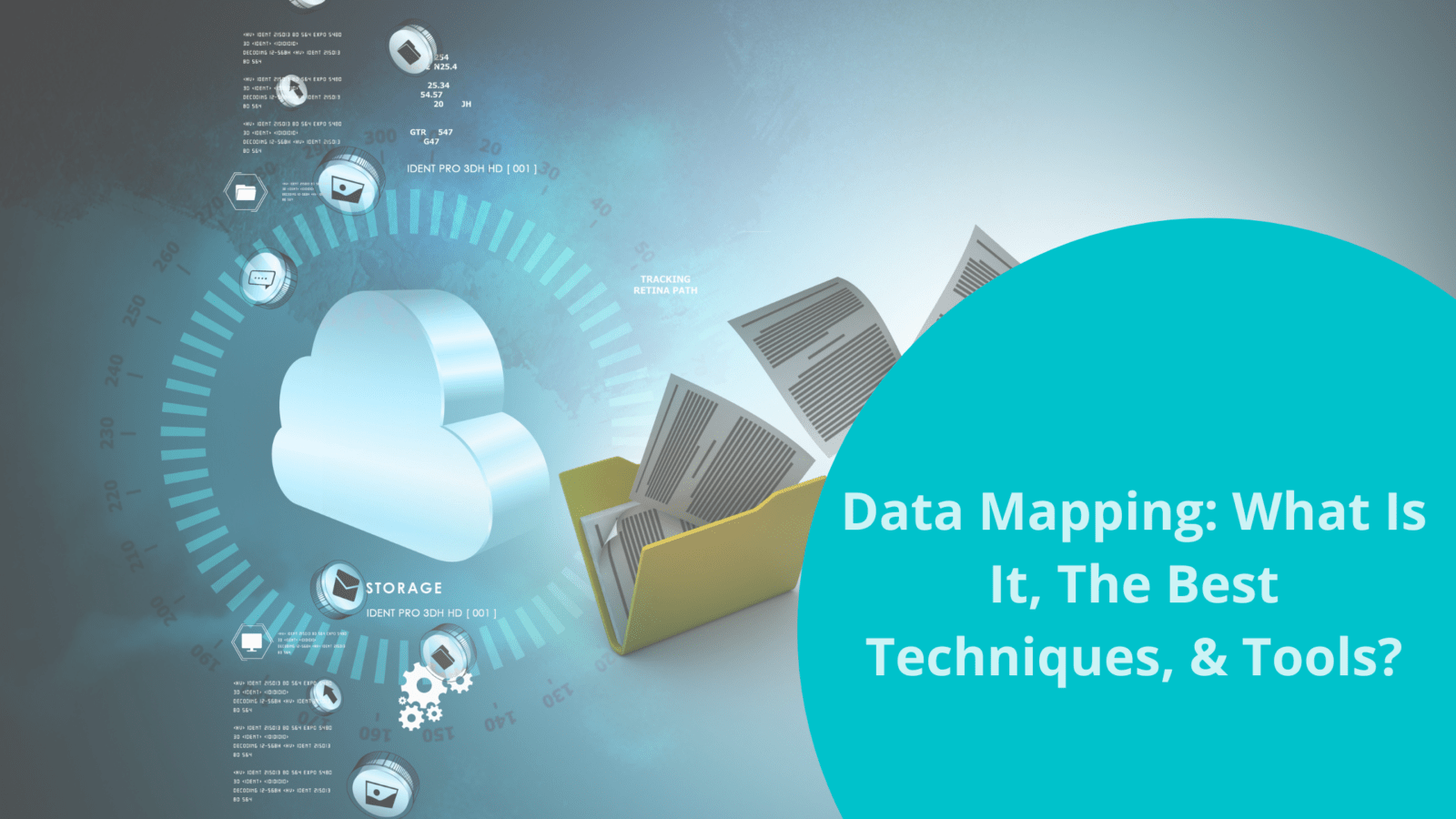In simple terms, data mapping creates a correspondence between two data sets. This correspondence can be used to transfer data from one system to another or transform it into a more easily understood format.
Data mapping is a critical component of data integration and data warehousing. This can be done in several ways, but the most common method is to create a table that lists each piece of data in one set and its corresponding piece of data in the other.
How Can Data Mapping Help Your Business?
There are many reasons why you might want to map data. For example, you might want to:
Convert Data From One Format To Another
If you have data in one format but need it in another, data mapping can help. For example, you might have a customer list in a word processing document but need it in a spreadsheet so you can sort and filter the data.
Move Data To A New Location
Data mapping can also move data from one location to another. For example, you might want to move a customer list from a word processing document to a spreadsheet.
Update Data In Two Places At Once
If you have data in two places that need to be kept synchronized, data mapping can help. For example, you might have a customer list in a word processing document and a copy of that list in a spreadsheet. If you add a new customer to the list in the word processing document, you can use data mapping to add that customer to the list in the spreadsheet automatically.
Combine Data From Multiple Sources
If you have data in multiple places, data mapping can help you combine it into one place. For example, you might have a customer list in a word processing document, a list of customer orders in a spreadsheet, and a list of customer payments in other spreadsheets. Data mapping can help you combine all of that data into one place, such as a database.
Transform Data Into A More Usable Form
Data mapping can also transform data into a more usable form. For example, you might have a list of customer names and addresses in a word processing document. Data mapping can help you transform that data into a list of customer names and addresses that can be used for mail merge.
Top Data Mapping Techniques To Make The Process Easier
Whatever your reason for mapping data, a few techniques can make the process easier. Here are some of the best:
1. Use A Data Mapping Tool
Many data mapping tools are available that can make the process of creating a map much easier. These tools often come with a user-friendly interface; you go through the process step-by-step.
2. Use A Standard Template
If you’re not using a data mapping tool, it can be helpful to use a standard template. This will ensure that your map is easy to read and understand and that all necessary information is included.
3. Start With The Big Picture
When you’re first starting, it can be helpful to focus on the big picture. That is, start by mapping out the overall structure of your data. Once you have a good understanding of the general layout, you can then start filling in the details.
4. Keep It Simple
It’s important to remember that data maps are meant to be a tool like salesforce ETL for understanding data, not a replacement. As such, they should be kept as simple as possible. Don’t try to include too much information in your map or make it too complex – this will only make it more challenging to use.
5. Make Use Of Visual Elements
Visual elements can be beneficial in data mapping. By using colors, shapes, and other visuals, you can make your map more intuitive and easier to understand.
6. Pay Attention To Detail
While keeping your map simple is important, you also need to pay attention to detail. Make sure that all the information on your map is accurate and up-to-date.
7. Test Your Map
Once you’ve created your map, it’s important to test it to ensure it’s working properly. This will help you catch any errors and make necessary corrections.
8. Update Your Map Regularly
Data changes over time, so it’s essential to update your map regularly. This will ensure that your map is always accurate and up-to-date.
Things To Avoid In Data Mapping
Just as there are certain things, you should do when mapping data, there are also certain things you should avoid. These include:
1. Don’t Overcomplicate Things
As mentioned earlier, data maps are meant to be a tool for understanding data. They shouldn’t be too complex or try to include too much information. Keep things simple for the best results.
2. Don’t Use Inaccurate Data
It’s essential to ensure that the data you’re using is accurate. Otherwise, your map will be inaccurate and won’t be of any use.
3. Don’t Forget To Update Your Map
Data changes over time, so updating your map regularly is important. This will ensure that it’s always accurate and up-to-date.
4. Don’t Use Outdated Data
Just as you should make sure the data you’re using is accurate, you also need to make sure it’s up-to-date. Outdated data won’t be of any use and can even lead to inaccurate results.
Conclusion
Data mapping is the process of creating a map of data. This map can be used for various purposes, such as moving data from one place to another, combining data from multiple sources, or transforming data into a more usable form.
Data mapping can be a helpful tool in a variety of situations. You can make the process easier by using a data mapping tool, using a standard template, or keeping your map simple. Additionally, paying attention to detail and regularly updating your map will help ensure that your map is accurate and up-to-date.




